- 한국어
- English
- 日本語
- 中文
- العربية
- Español
- Français
- Deutsch
- Pусский
- Tiếng Việt
- Indonesian
By Honorary Reporter Suthida Chang from Thailand
Photo = Suthida Chang
My passion for good food and museums helped set my schedule in Korea when I visited in 2019. While researching where to visit and what to do in the buzzing Korean capital, I came across Museum Kimchikan, a facility dedicated to kimchi, Korea's most representative dish.
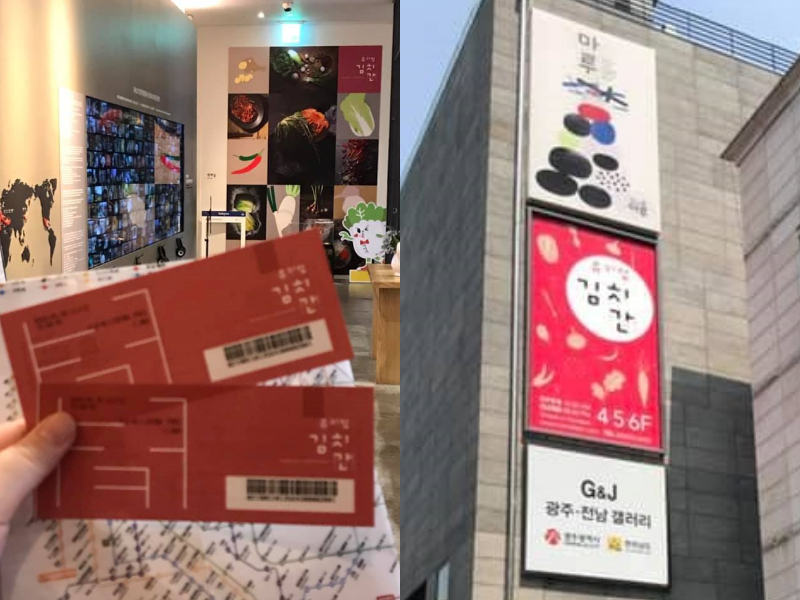
Tickets to Museum Kimchikan
As one of my favorite Korean side dishes, kimchi is always at the top of my list of things to eat in Seoul, and learning about this amazing and healthy food made me appreciate Korean culture more. Located in the heart of Insa-dong, Seoul's famous crafts street, the museum covers the fourth to the sixth floors of Insadong Maru. For those unable to read Hangeul, just look for a small alley diagonally across from Ssamziegil. It's inside the gray building next to Hotel Saerim, so take the elevator to the fourth floor to enter the museum.
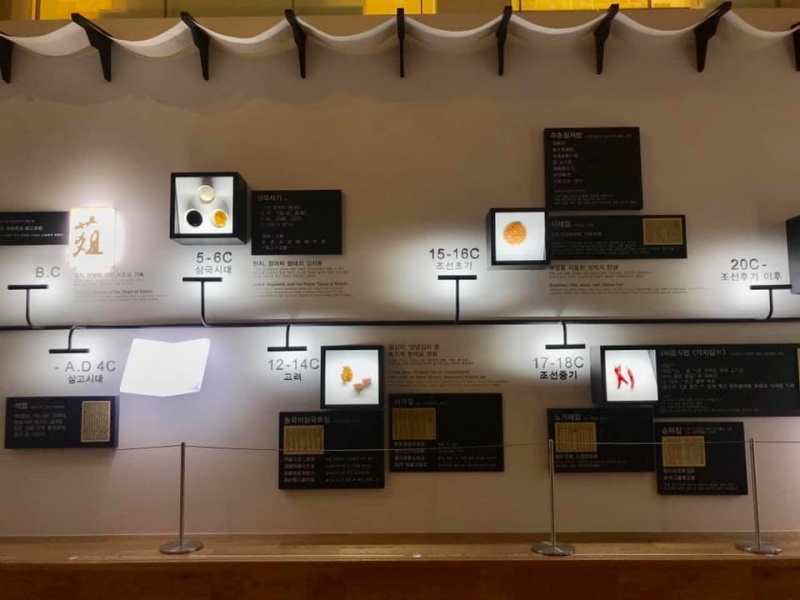
The museum features the history of kimchi.
Kimchikan features the history of Korea's national dish as well as the process used to make it, kimjang. This time-honored method is even designated by UNESCO as one of Korea's 16 Intangible Cultural Heritage of Humanity. Being passed down over generations, kimjang remains a family- and community-bonding tradition in Korea.
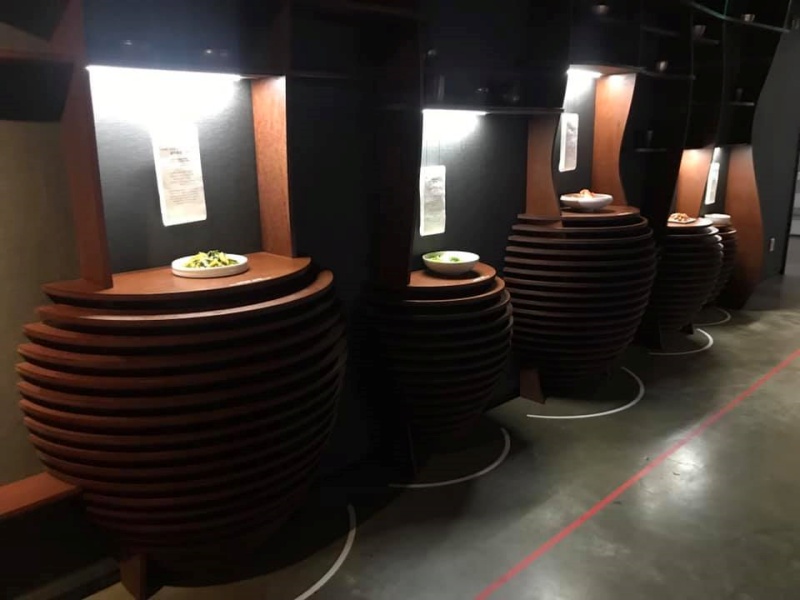
A variety of kimchi types are displayed at the museum.
I was drawn to the exhibitions displaying many interactive elements and videos. Before this visit, I naively thought that Korea had just one type of kimchi: the spicy red kind made with cabbage. The trip was an eye-opening experience in learning about the different types of kimchi. One section showed the export of kimchi to Korea's neighboring countries as well as those far away. Korean immigrants brought this aspect of Korean culture when moving abroad, resulting in a wider variety of this traditional dish.
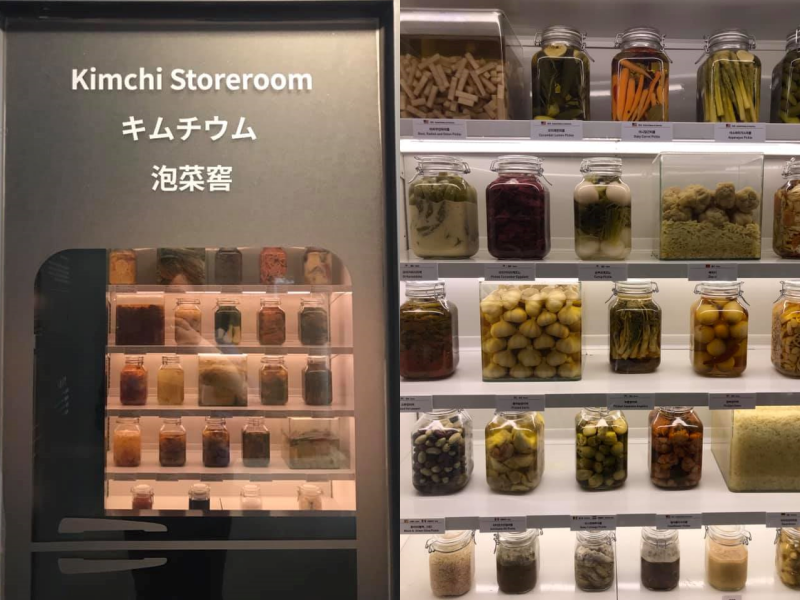
The museum also has a storeroom for sampling kimchi.
My favorite section of the museum was the Kimchi Storeroom for taste testing kimchi. After learning so much about the dish's history, method of production and iconic role in Korean culture, I got to taste different kinds of kimchi. Though baek (white) kimchi is refreshing, I still prefer the sour and spicy taste of traditional kimchi.
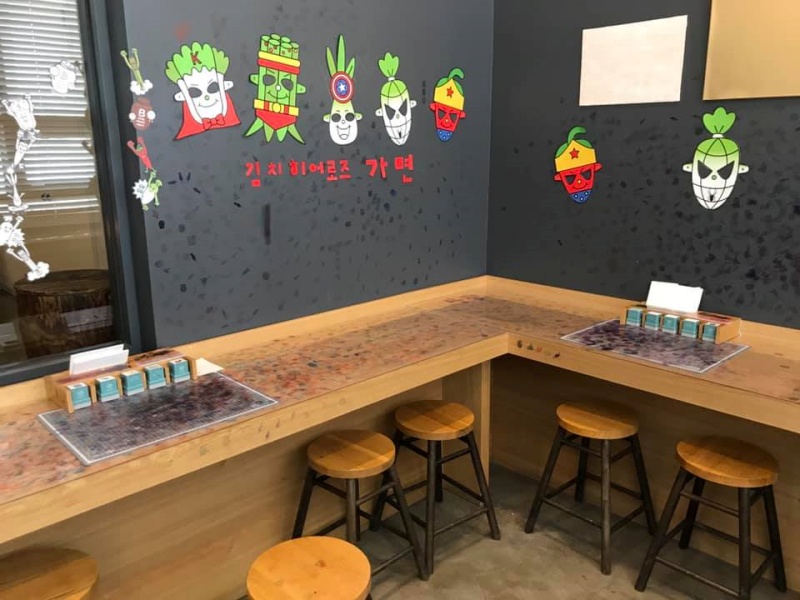
Souvenirs available at the museum include postcards and unique kimchi-themed stamps.
The top floor of the museum houses a large activity room that hosts kimchi-making classes. For those wishing to attend a class in Seoul, book a spot on the museum's official website. Though I did not attend a class, I still took home souvenirs from the next room like postcards and unique kimchi-themed stamps. I penned a quick note to remind myself of this special day.
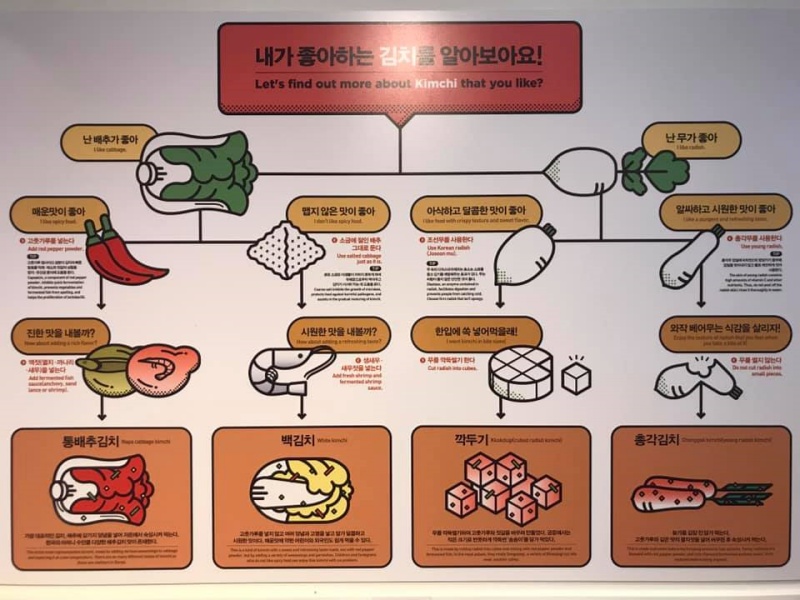
This poster shows how to make a variety of kimchi types.
The museum offers plenty of photo opportunities and even cut-outs of kimchi cabbage kimchi, ginger and leek for those who want to take unique shots. My visit to this facility was both educational and delicious, and I came away with great tips on how to make my own kimchi.
enny0611@korea.kr
*This article is written by a Korea.net Honorary Reporter. Our group of Honorary Reporters are from all around the world, and they share with Korea.net their love and passion for all things Korean.